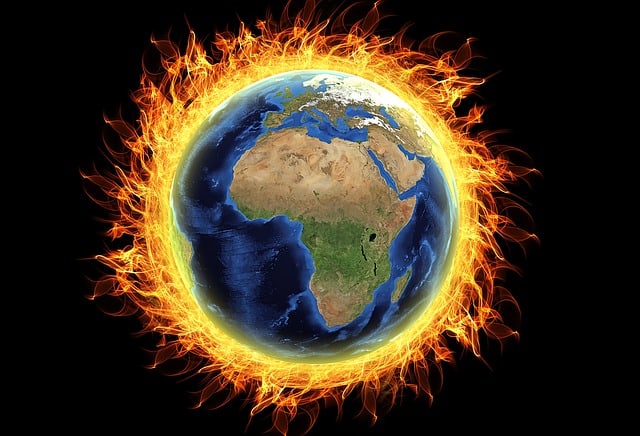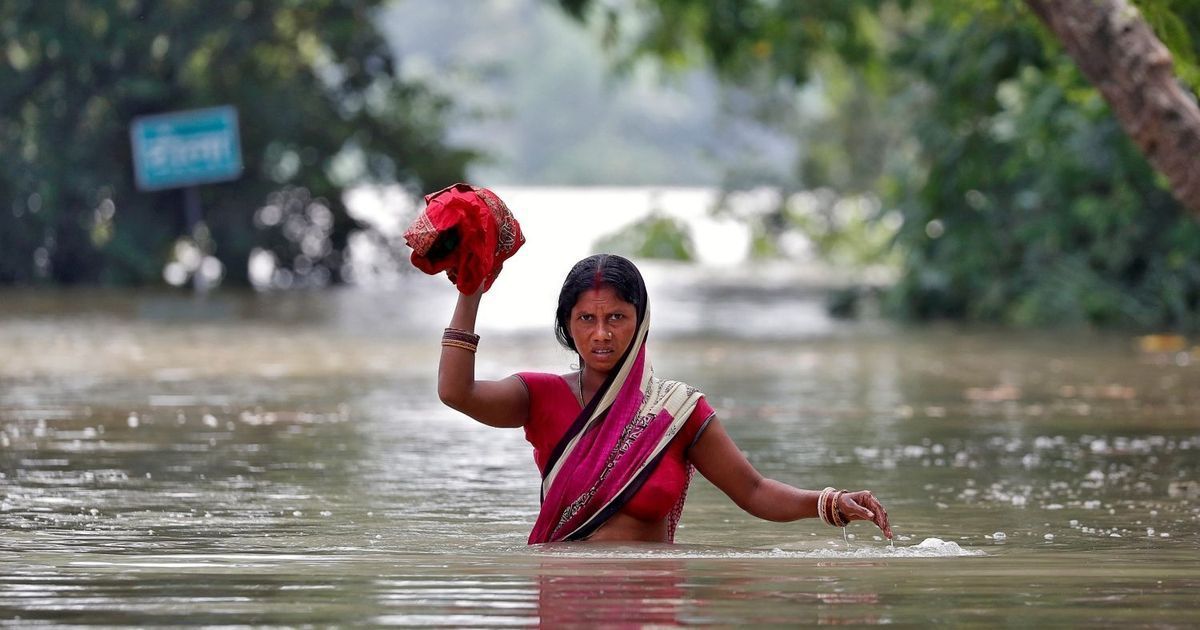Without emission cuts world will cross 2 degrees celsius again: Emissions Gap Report
The report calls for “immediate, accelerated and relentless mitigation action” to bring down global GHG emissions which set a new record of 57.4 gigatons of CO2 equivalent (GtCO2e) in 2022.
By Debdatta Chakraborty / Nov 30, 2023

Image Courtesy: WonderWorks
The world witnessed an unprecedented spurt in average global daily temperature above the critical threshold of 2°Celsius over pre-industrial levels (1850-1900 average) on 18th and 19th November. Largely attributed to high concentrations of greenhouse gases in the atmosphere and the ongoing El Nino phenomenon, such temporary breaches in daily temperatures may not be an immediate cause of concern, but sustained over longer periods, can lead to severe and irreversible climate impacts.
Emission of greenhouse gases (GHG) from human activities has made the world 1.1°C warmer since the pre industrial period with the mean global temperature between January and October 2023 being the highest on record. Even at this current level of warming, climate change is already wreaking havoc across the planet—shooting temperatures to extremes, melting glaciers, fuelling wildfires, floods and cyclones. Recent years have witnessed an exponential rise in the frequency and intensity of weather extremes marked by multi-year drought in East Africa, catastrophic flooding in India, China and Europe, extreme heat and relentless wildfires in the United States of America and Canada. India, this year, experienced long durations of extreme heatwave scorching North India, and extreme rainfall events devastating parts of Himachal Pradesh, Uttarakhand and Sikkim.
Vulnerable communities around the world continue to reel under irreparable losses and damages unleashed by such disasters which often undermine their hard-won development gains. The Intergovernmental Panel on Climate Change warns that every additional 0.5°C of warming compared to the present will further exacerbate existing climate risks.
While 196 countries of the world signed the Paris Agreement in 2015 and pledged to limit the increase in the global average temperature to well below 2°C and ideally within 1.5°C above pre-industrial levels, the United Nations Environment Program in their latest Emissions Gap Report 2023 rings the alarm bell that we are moving dangerously closer to permanently overshooting the 2-degree Celsius threshold. The report calls for “immediate, accelerated and relentless mitigation action” to bring down global GHG emissions which set a new record of 57.4 gigatons of CO2 equivalent (GtCO2e) in 2022 with fossil fuel combustion and industrial processes continuing to be its primary sources.
The report cautions that global mean temperatures can cross 3 degrees Celsius above preindustrial levels by the end of the century, unless climate action is significantly accelerated. There is now only 66 percent change of limiting global warming to 2°C (range: 1.8–2.5°C) that also in the most optimistic scenario where all net zero pledges, nationally determined contributions to emission reductions and long-term low-emissions development strategies, are assumed to be fully achieved. Restricting warming within 2°C and 1.5°C using the least-cost pathways would necessitate drastic reduction in global GHGs by 28 per cent and 42 per cent respectively.
However, measures to curb emissions are severely lagging behind, signals the State of Climate Action Report 2023 released by the Systems Change Lab last week. Despite significant strides in scaling up of renewable power sources and the sale of electronic vehicles, global mitigation measures remain “woefully inadequate” to address climate change, finds the report. It further suggests that coal-fired power needs to be phased out seven times faster, “deforestation rates must decline four times faster and increases in the ratio of investment in low-carbon to fossil fuel energy supply need to occur more than ten times faster to limit warming to 1.5 degrees”.
Countries of the world would convene at Dubai this week for the twenty eighth session of the Conference of the Parties to the United Nations Framework Convention on Climate Change (COP 28) to take stock of the global response to the climate crisis. At a panel discussion on Climate and Energy Geopolitics: The Role of India” organized by Climate Trends, Dr Vaibhav Chaturvedi, Fellow at Council on Energy, Environment and Water (CEEW) suggested that COP 28 is “not just for taking stock, it is a formal process for collective reflection and ratcheting of ambition”. Released ahead of COP28, the Emissions Gap Report therefore, provides an excellent opportunity for states to collectively reflect and systematically amplify their emission reduction targets to align with the long-term temperature goal of the Paris Agreement.
Global warming Climate Change Emissions Gap Report State of Climate Action Report 2023

